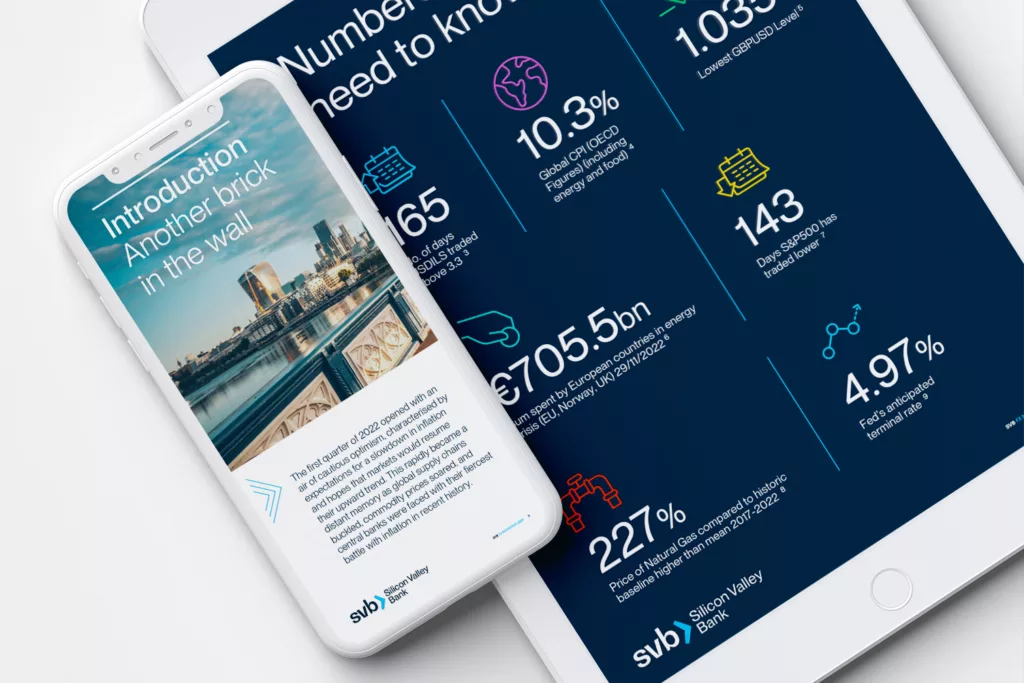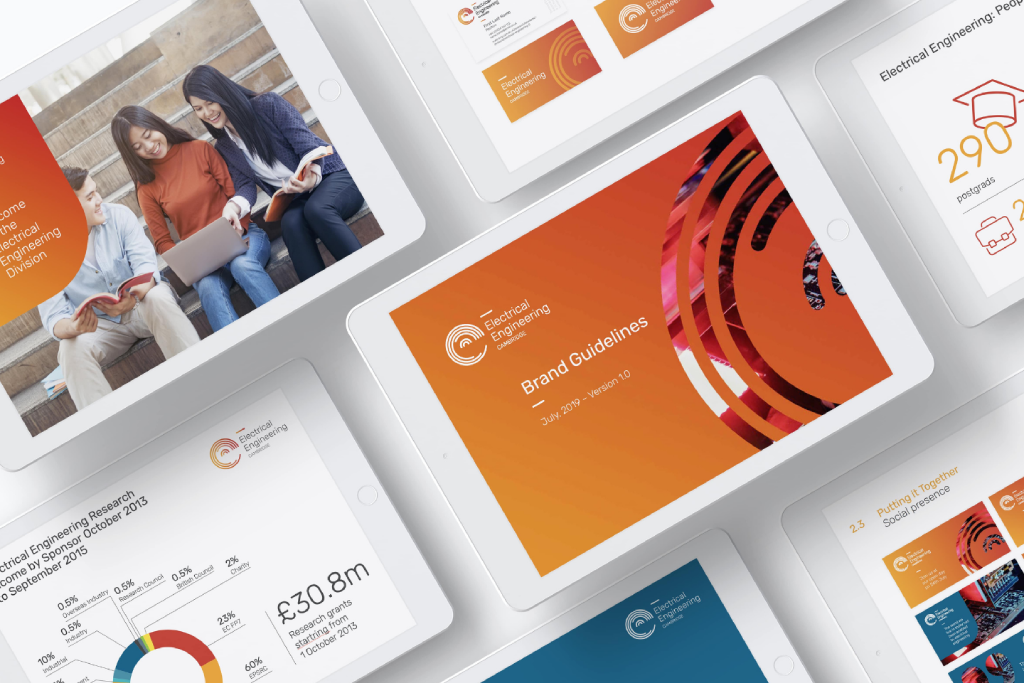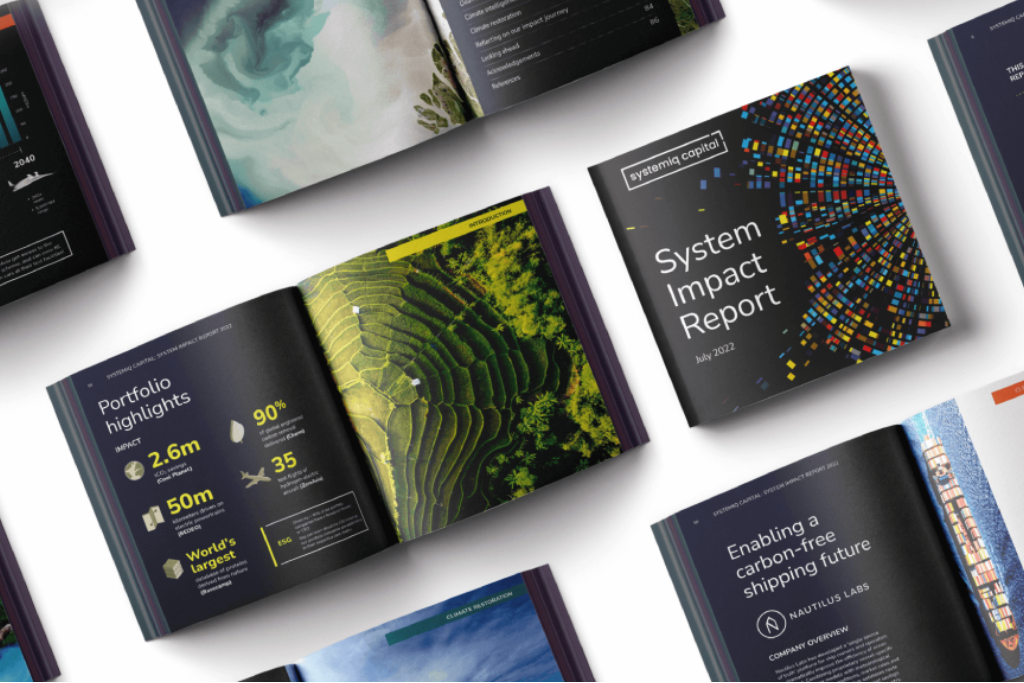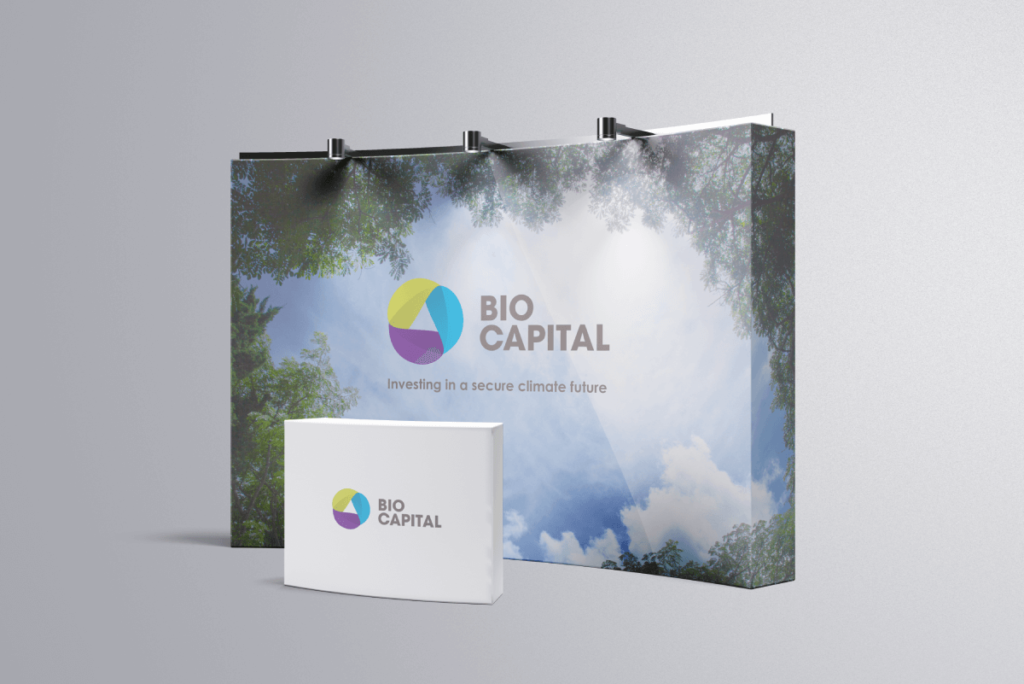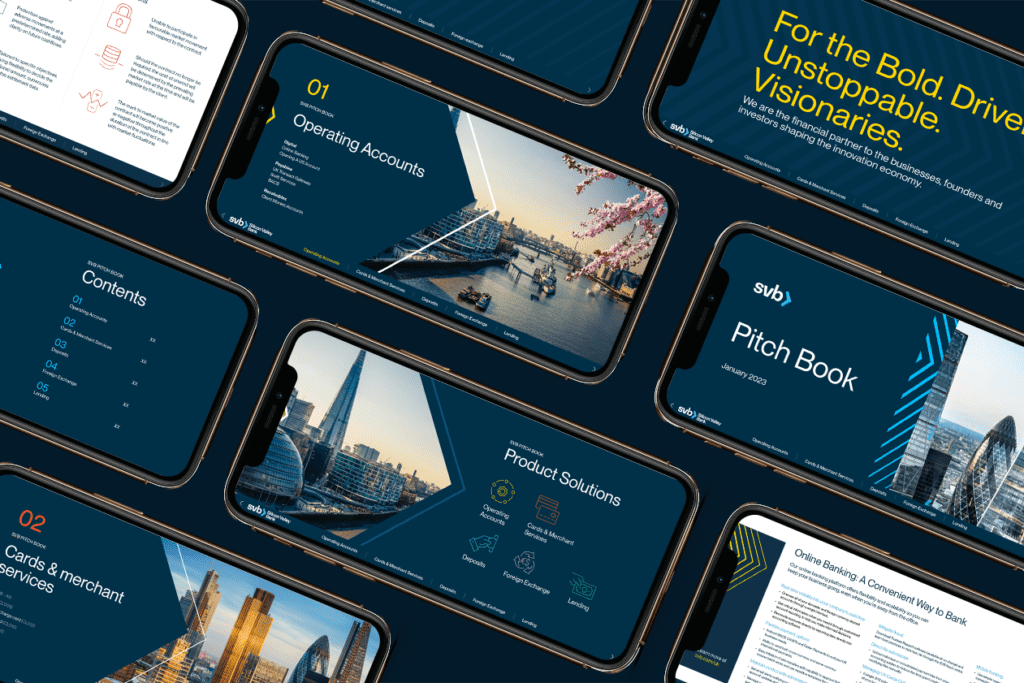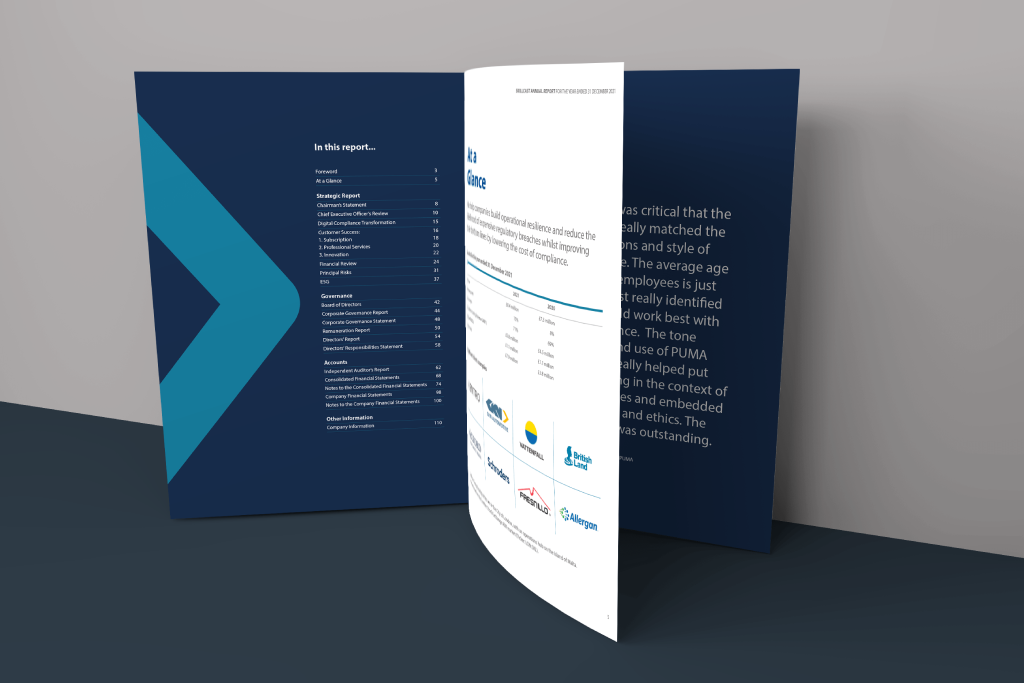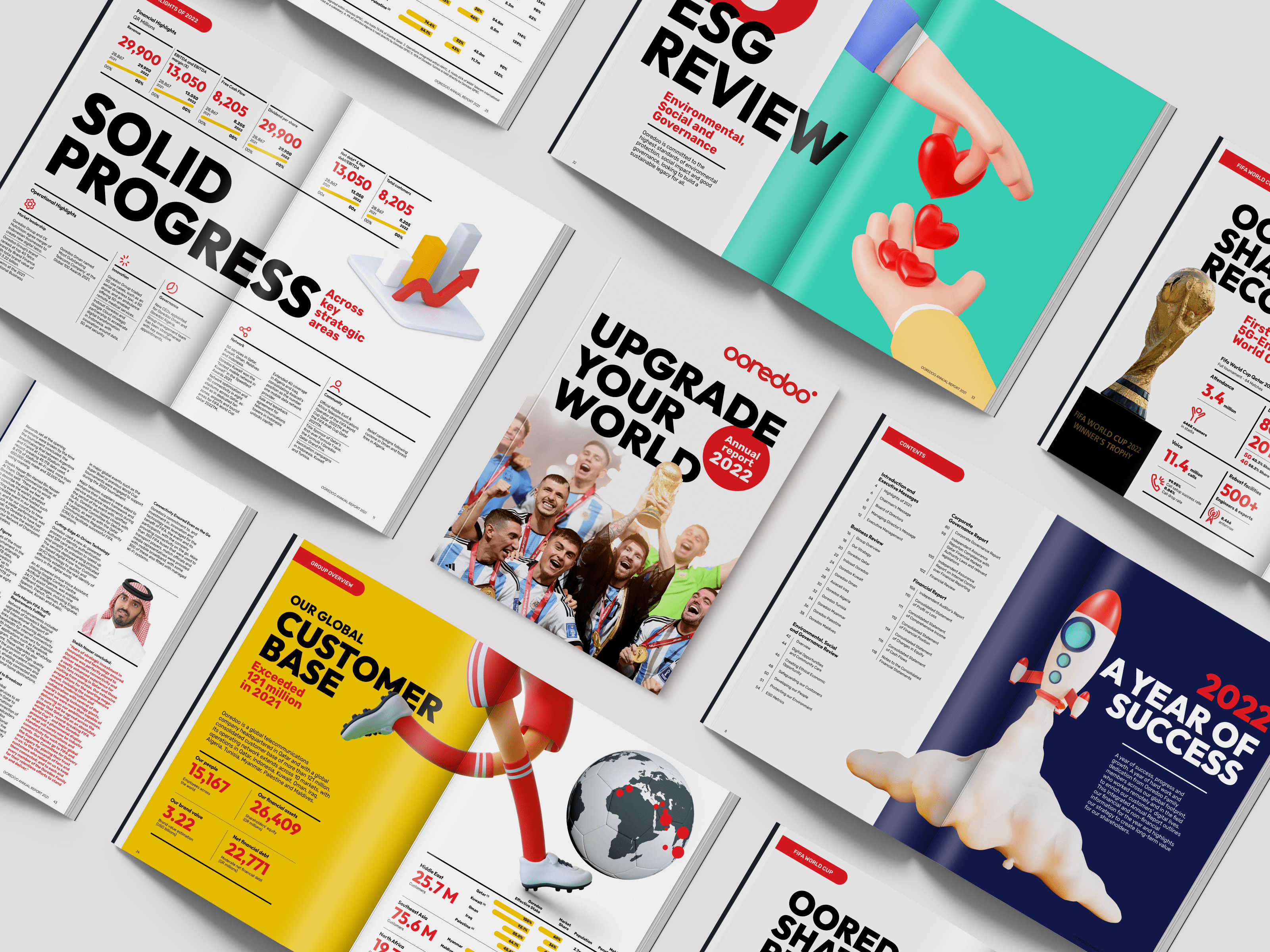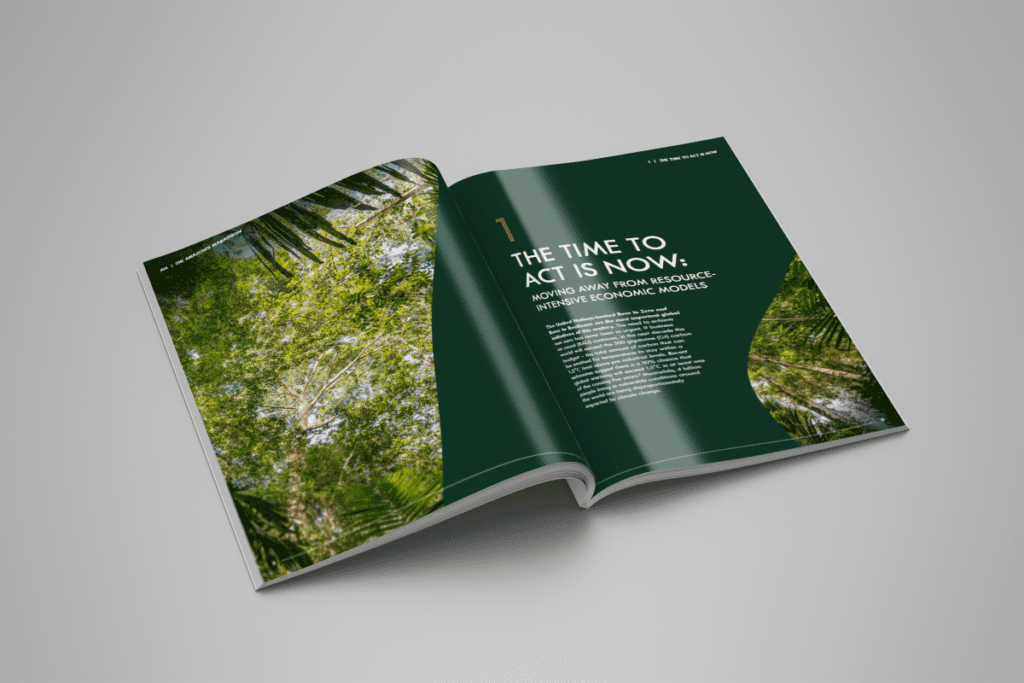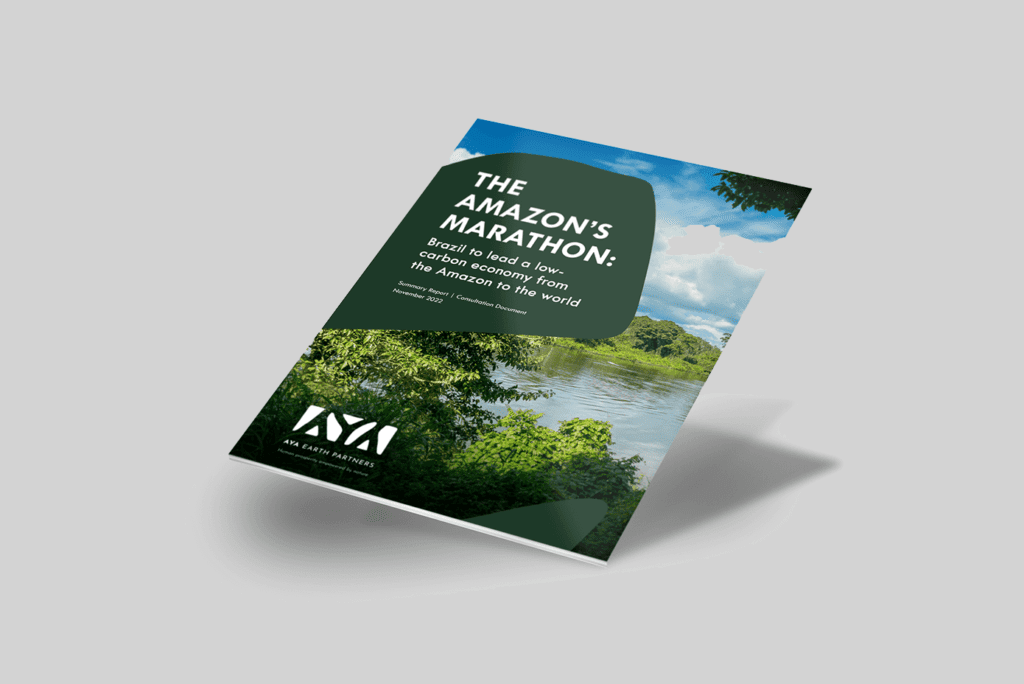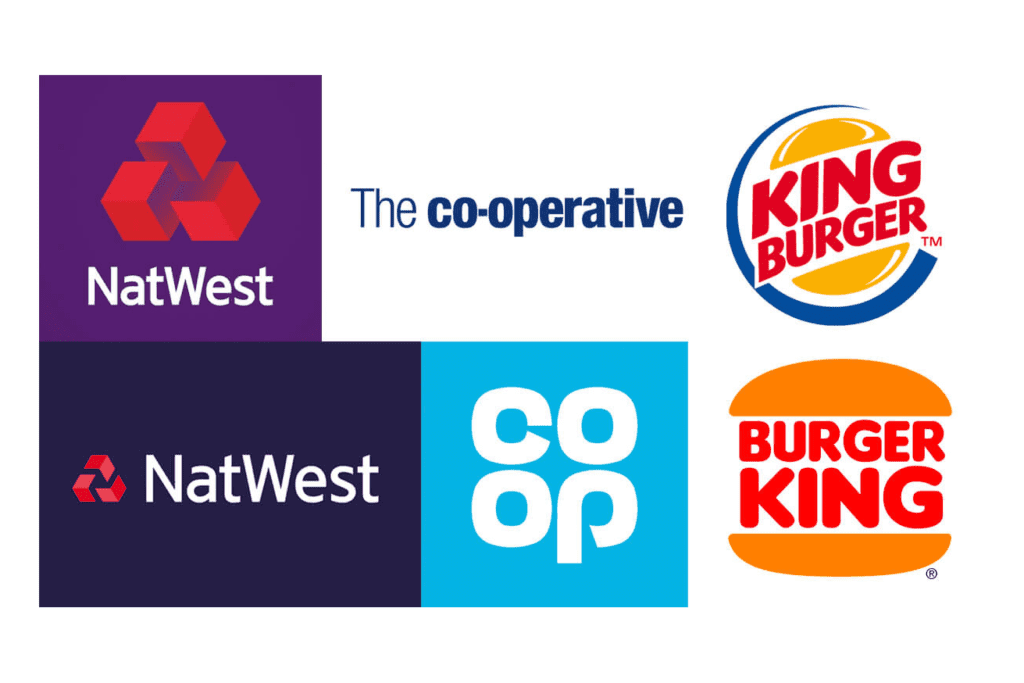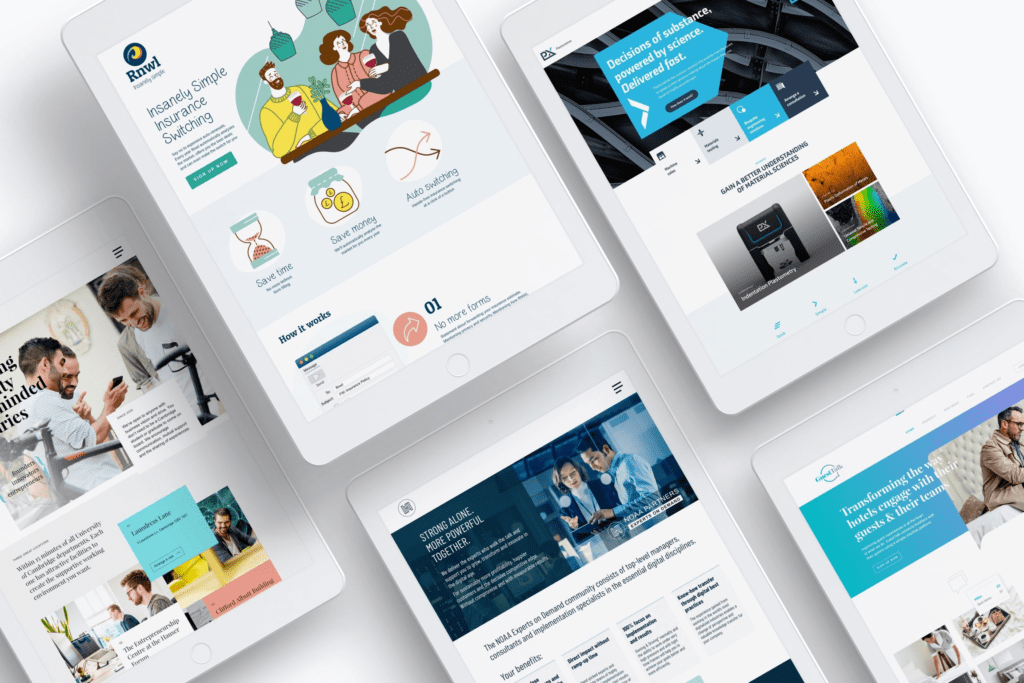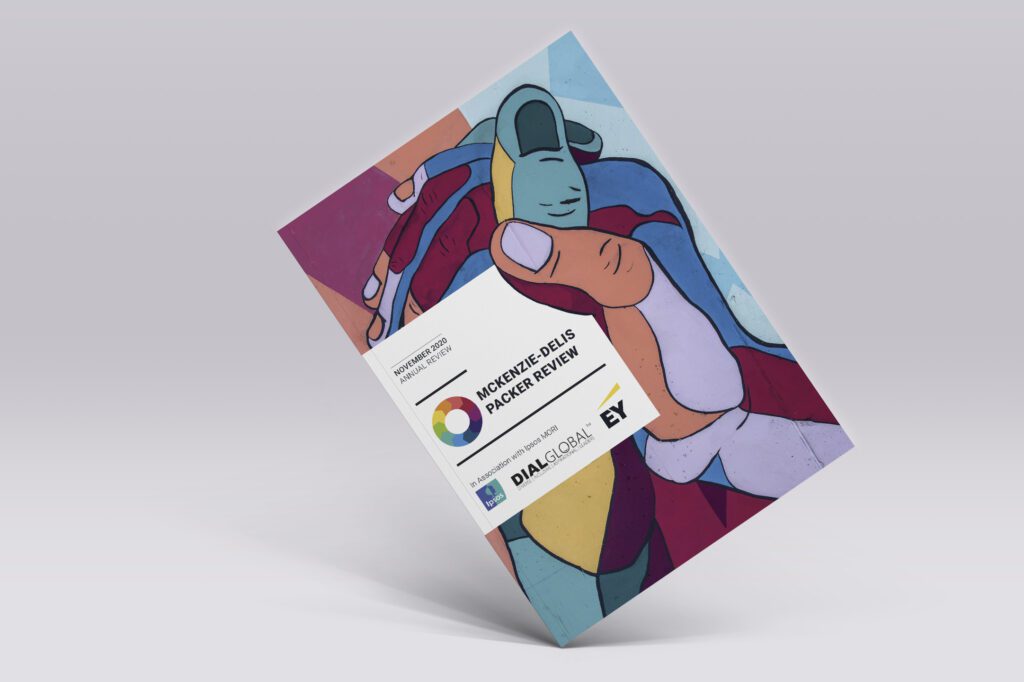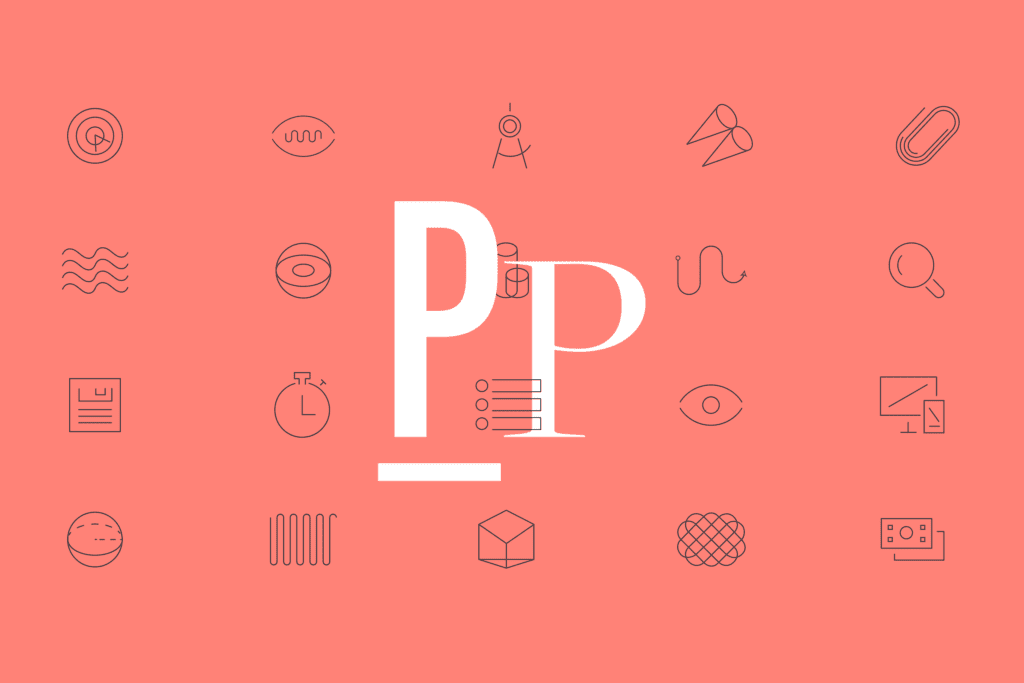In summary…
Visual storytelling can be an effective way to transform the marketing efforts of financial services. In a highly regulated and complex industry, the use of engaging visuals can simplify information, providing transparent and accurate communication to build strong relationships.
Intro
Marketing for financial services is hard. A lack of tangibility means showcasing offerings such as investments or insurance cannot be done in the same way as promoting physical products. Likewise, the complex nature of the industry can be prohibitive for some audiences. For others, the information may just be too boring.
Whether through short-form social media posts, in-depth thought leadership pieces or everyday marketing communication, the use of visuals can improve accessibility, making topics relatable, informative and engaging whilst adhering to industry regulations.
In this article we look at how financial marketing has evolved, why visual storytelling works and provide tips on best practices to ensure you build trust and credibility amongst your target audience.
The Evolution of Financial Marketing
Over the years, financial marketing has undergone significant changes. From the pre-internet era of large billboards and radio advertising, to the recent rise of chatbots and AI, the way financial marketers reach their audience has changed.
As technology and customer expectations continue to evolve, so must the communications teams delivering their messages.
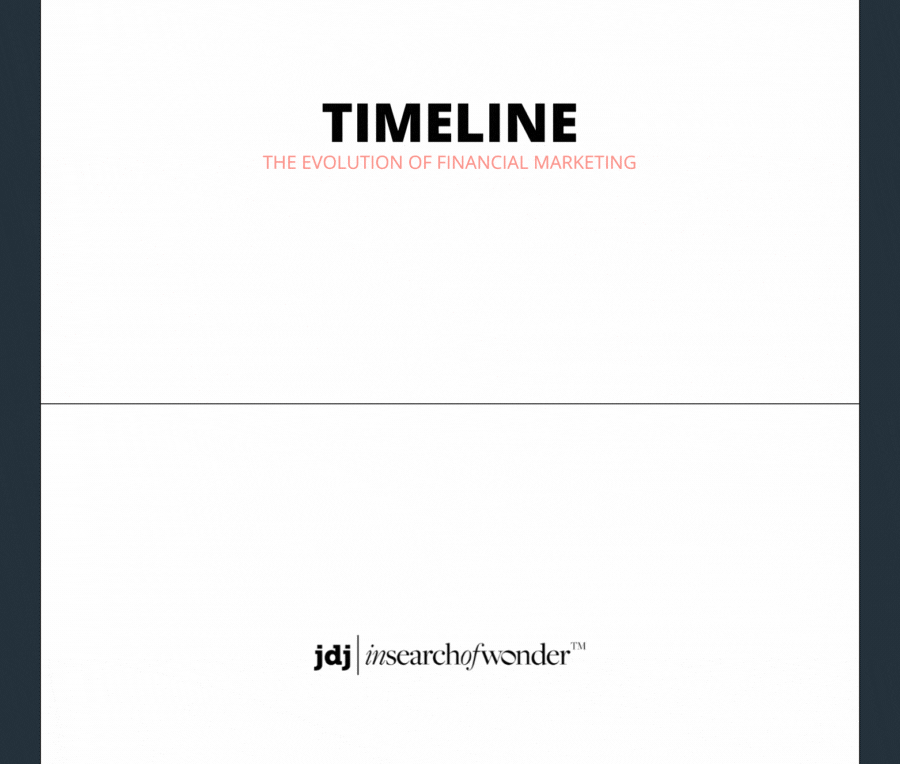
Where once messages were delivered in a blanket fashion, the rise of the internet allowed greater segmentation, with online banking and email newsletters providing bespoke advice and offers to customers.
Later still, search engine marketing and social media allowed marketers to increase their visibility and engage directly with their audience. With this came a demand for more relatable, engaging and personalised content, a trend which better data analytics facilitated, and AI models continue to implement to this day.
Alongside this shift in consumer expectations, the increased dominance of digital media led to the introduction of visual storytelling as a means to bridge the gap between complex financial information and audience engagement. Gone are the days of dense pages of text overwhelmed by data and technical jargon. Nowadays, explainer videos, interactive data visualisations, illustrations and social media content can all provide tailored information at all stages of a client’s journey.







